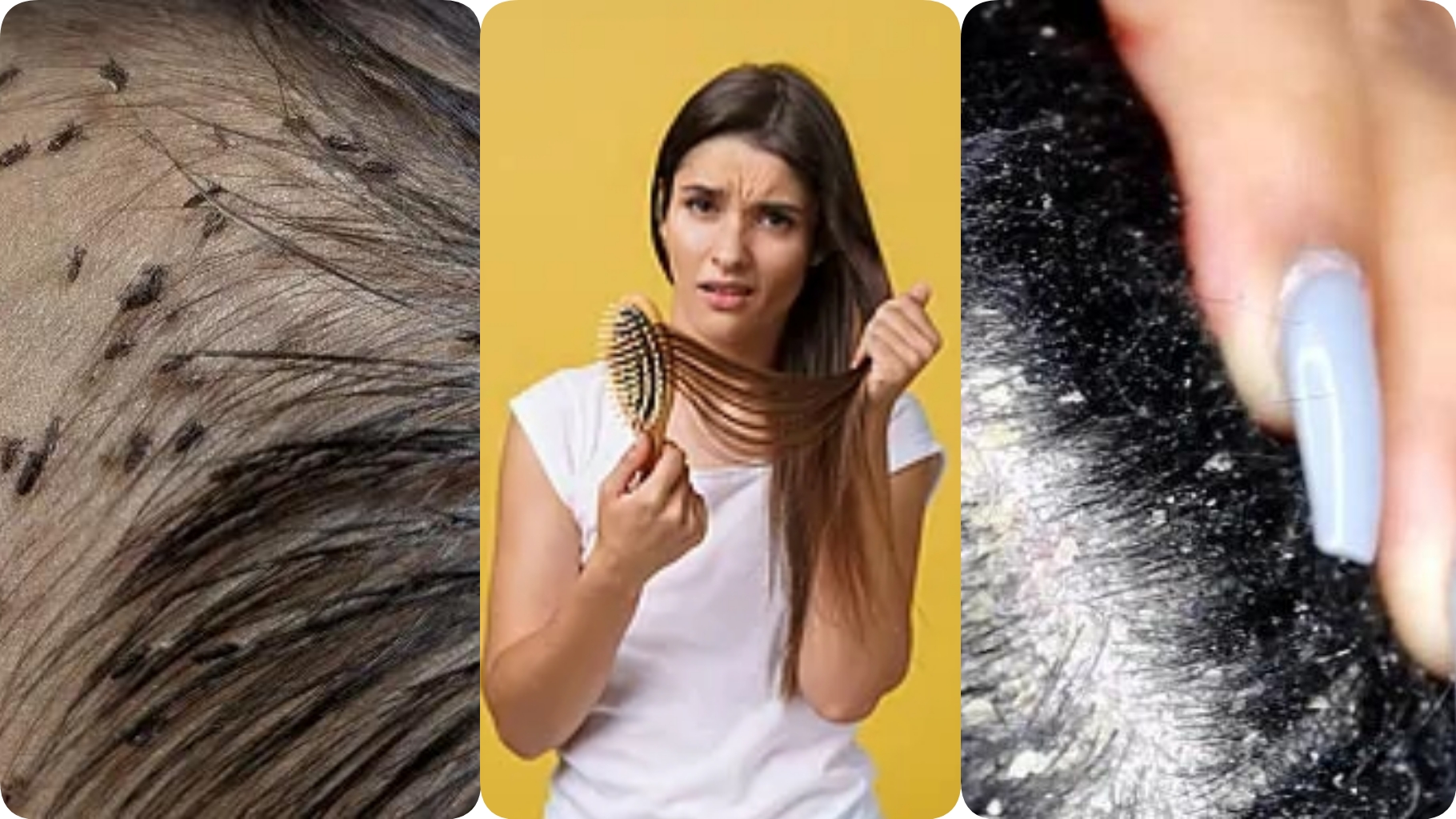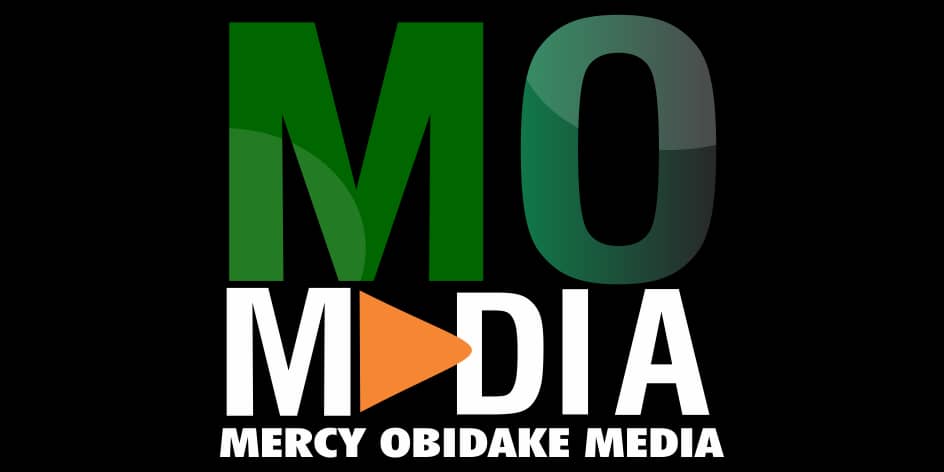Beauty
Causes of Dandruff, Lice and Their Treatment

Dandruff is a condition that causes or brings flakes on the scalp of the skin. Dandruff can put you in an embarrassing situation at times, imagine not being able to touch your hair in public for the fear of these flakes falling off from your head, or imagine sudden flakes falling out of your hair each time you put your hand on your hair due to itchiness. This article will tell you the causes of dandruff, lice and their treatment.
Aside letting you know the causes of dandruff, lice and their treatment, this articles will also provide preventive measures you should take in order to avoid these things on your hair.
What Are The Causes Of Dandruff?
Malassezia: This is a yeast that forms on the scalp of the skin, when you overreact to this yeast, dandruff could form on your hair. Malassezia feeds and survives on the oil secreted by the hair follicles.
Allergic reactions
Eczema
Seborrheic dermatitis:
Some shampoos or skin care products can cause dandruff
What Are The Types Of Dandruff?
We have four types of dandruff which are:
Dry Skin Dandruff: This should not be confused with dry scalp as they are different. When you always wash your hair with hot water it could result to dandruff which comes in form of a small white flakes. To treat it, you need a moisturizing shampoo.
Fungus-related Dandruff: This is the type of dandruff caused by the fungus called Malassezia.
Oily Skin Dandruff: When excess oil on your skin clump together, it can irritate the scalp and this leads to dandruff.
Dandruff caused by disease. Some skin conditions like eczema, psoriasis and seborrheic dermatitis can cause dandruff.
What Are The Factors That Can Increase The Risk Of Having Dandruff?
Stress
Age: Teenagers are likely to get it more than adult
Hormones
Absence of Omega-6 fat partcularly gamma linolenic acid
Deficiency in Zinc
Deficiency in Vitamin B
Symptoms of Dandruff
Itchy scalp
Dry flakes on the hair
How Can I Treat Dandruff?
You can treat dandruff using anti dandruff shampoo but try as much as possible to remove many scaly patches before applying it, you can use a brush or hair comb to brush your hair so the flakes will fall off before applying the shampoo.
Shampoo once a week with anti dandruff shampoo. If you are an Asian American, shampoo everyday but once or twice a week use an anti-dandruff shampoo while if you are an African or African American shampoo once a week using anti-dandruff shampoo.
Your anti dandruff shampoo should have salicylic acid in it as it helps to remove excessive skin cells. It should also have coal tar, ketoconazol, zinc and pyrithione(this slows down the growth of yeast on the skin.
Tea tree oil: Tea tree oil has antifungal and antibacterial properties so they are good for your hair.
Apply cortisone based creams
You could go natural on the treatment by applying coconut oil on your scalp and then leaving it for an hour before washing off after you must have applied shampoo.
Another way of treating dandruff naturally is by applying olive oil on your scalp, leaving it overnight while putting on a shower cap and then washing it off the next morning after applying shampoo. You could also use aloe vera on your hair.
Aside being on the hair, dandruff can also appear on the eye brow and when it does, you can treat it is by scrubbing your eyebrow with baby shampoo. Dandruff may be mild, moderate or severe and if creams or lotions prescribed for you are not working, see a doctor.
Dandruff on Babies
Dandruff can appear on babies too but it is called cradle cap. Cradle cap which produces scaly patches that are yellowish and greasy appears two months after the baby’s birth and can stay for months. Aside appearing on the scalp of a baby, cradle caps may appear on the eyebrows, forehead, and face. To treat it, you apply baby shampoo on your baby’s head or use a petroleum jelly. You could also use baby oil or natural oil.
How To Prevent Dandruff
Brush your hair
Do not use products that have harsh chemicals in them
Eat foods rich in vitamin B, zinc and omega-6 fat
Dandruff can come again even after treatment so don’t feel it won’t come back again simply because you have treated it before. Dandruff does not cause any health issue and it is not contagious.
Having known about dandruff, the next topic is lice. Remember, this article is all about causes of dandruff, lice and their treatment.
People try to avoid lice as much as possible due to the inconveniences lice can cause, it does not only make one feel uncomfortable but can also be embarrassing. Louse is the singular form while lice is when the insect is more than one and of course, it is rare for you to have just one louse on your head. Lice are tiny insects that feed on human blood, they are usually wingless so the way they can get to you or anyone around you is by walking. Having lice on one’s head does not imply that the person is careless or has a poor hygiene.
Types of Lice
There are three types of lice found on humans
Pubic Lice: Pubic lice are lice found on the pubic region such as the vagina, anus, penis, etc.
Body Lice: These are lice found on the body. They are usually bigger than other types of lice and they are found on the body of wretched people, for example people in refugee camps and mentally deranged people walking on the street.
Head Lice: These lice are only found on the head and are rarely seen on the eyelashes or eyebrows. The lice on the head are what we will focus on.
Lice are mainly found on children but this does not imply that adults cannot have it too, if a child brings lice home, there is a high chance of everyone in the family getting it if it is not detected early. One way you can detect lice is by looking closely into one’s scalp or using a microscope to check for it. It can be transmitted through sharing of beddings, pillows, towels, clothes, headgears and caps.
What Are The Symptoms Of Lice?
Irritability: Lice can make one irritated
Present of nits: Nits are the eggs of lice
Itchiness: Lice can cause itching on your scalp
Tickling on the hair
Sores on the scalp as a result of excessive scratching.
How Can I Treat Lice?
Use of Permethrins: This should not be used on children under the age of two
Use of Pyrethrins
Dimethicones
Spinosad
Lindane
Fine-toothed comb: You can use this to treat the lice or you use a flea comb. Before using the comb, apply olive oil on the head and start combing. Do this everyday till the lice are gone including their nits.
Coconut oil: Mix coconut oil and camphor together and apply on your head, camphor has anti-parasitic properties. Leave the mixture on your hair over night and wash off the next day.
Aside some over-the-counter prescriptions, shampoos can also be used to treat lice. Lice go completely after 2-3 weeks if treated or it could be less than that if there is no nit on the head. Lice cannot survive without a host for more than 48 hours but their eggs which are called nits can stay on the hair for more than two weeks, so when treating it, do no just treat only the lice but also the nits.
Can I Use Kerosene To Treat Lice?
Applying kerosene or insecticide on your hair can be dangerous on your health as they are toxic to your body. There have been reports of people dying after applying corrosives on their hair just to treat lice so before using it, consider the implications they may bring.
How To Prevent Lice
Wash all dirty clothes or clothes that have come in contact with one who has lice
Dry your clothes very well under the sun
If anyone around you has contacted it, soak your combs and brushes in alcohol for about an hour or wash them with hot water and detergent.
Wash your beddings, pillows and towels
It is advisable you stop sharing wigs as they may be lurking somewhere.
Dandruff and lice are common on the hair but while dandruffs are not transferable, lice can be transferred to another person. They both do not cause any serious health issues but treatments are required so they do not cause discomfort. Treating lice or dandruff once does not mean that they will not come again, dandruff can appear again with time while lice can occur again if one comes in contact with it. If lice are still on your hair even after applying treatment then you should see a doctor or just cut your entire hair, this way, you can be sure of every trace of lice leaving your hair.

